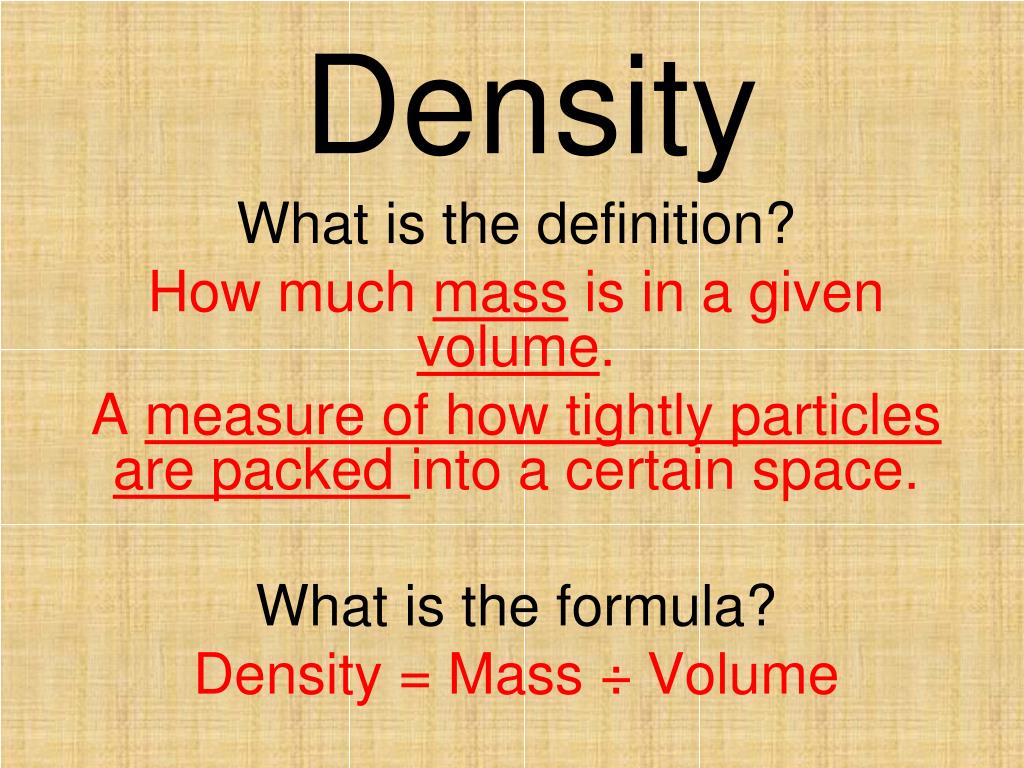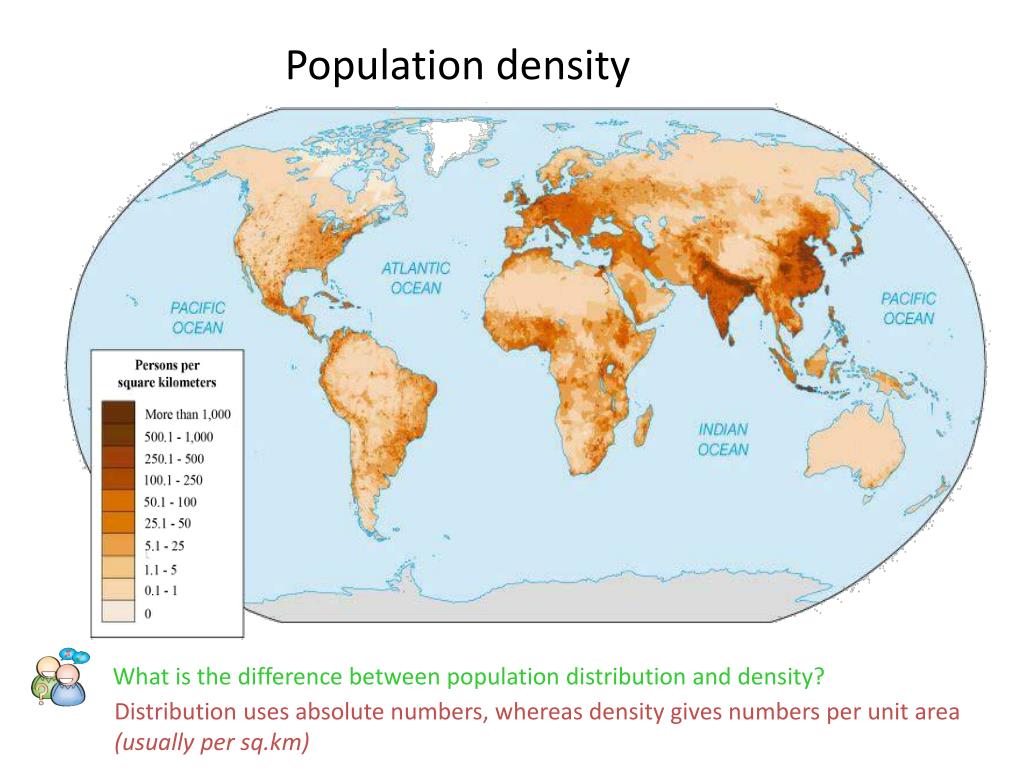


In general, density can be changed by changing either the pressure or the temperature. Main articles: Compressibility and Thermal expansivity For example, a block of the heavier element lead (Pb) will be denser than the softer. The weight of an object, which is usually of more practical interest than its mass, can be determined by multiplying the mass by the acceleration of gravity. Mass change upon displacing one void material with another while maintaining constant volume can be used to estimate the void fraction, if the difference in density of the two voids materials is reliably known. Density is the measure of how much stuff is in a given amount of space. In the case of dry sand, sand is so much denser than air that the buoyancy effect is commonly neglected (less than one part in one thousand). If the material is under pressure (commonly ambient air pressure at the earth's surface) the determination of mass from a measured sample weight might need to account for buoyancy effects due to the density of the void constituent, depending on how the measurement was conducted. In the case of non-compact materials, one must also take care in determining the mass of the material sample. In the case of sand, it could be water, which can be advantageous for measurement as the void fraction for sand saturated in water-once any air bubbles are thoroughly driven out-is potentially more consistent than dry sand measured with an air void. In practice, the void fraction is not necessarily air, or even gaseous. It might be loose or compact, with more or less air space depending on handling. Some bulk materials, however, such as sand, have a variable void fraction which depends on how the material is agitated or poured. For the close-packing of equal spheres the non-void fraction can be at most about 74%. Sometimes this can be determined by geometrical reasoning. To determine volumetric mass density, one must first discount the volume of the void fraction. This is not the same thing as volumetric mass density. Mass divided by bulk volume determines bulk density. You may have heard of population density. Density also tells how concentrated or crowded something is. That means the small box has a higher density than the large box. For example, suppose you have two boxes, one large and one small. with a calibrated measuring cup) or geometrically from known dimensions. Density describes how compact or concentrated something is. The bulk volume of a material-inclusive of the void fraction-is often obtained by a simple measurement (e.g. Commonly the void is air, but it could also be vacuum, liquid, solid, or a different gas or gaseous mixture. The quantity of something per unit measure, especially per unit length, area, or.

Voids are regions which contain something other than the considered material. density synonyms, density pronunciation, density translation, English dictionary definition of density. Many materials exist in nature as flakes, pellets, or granules. In practice, bulk materials such as sugar, sand, or snow contain voids.


 0 kommentar(er)
0 kommentar(er)
